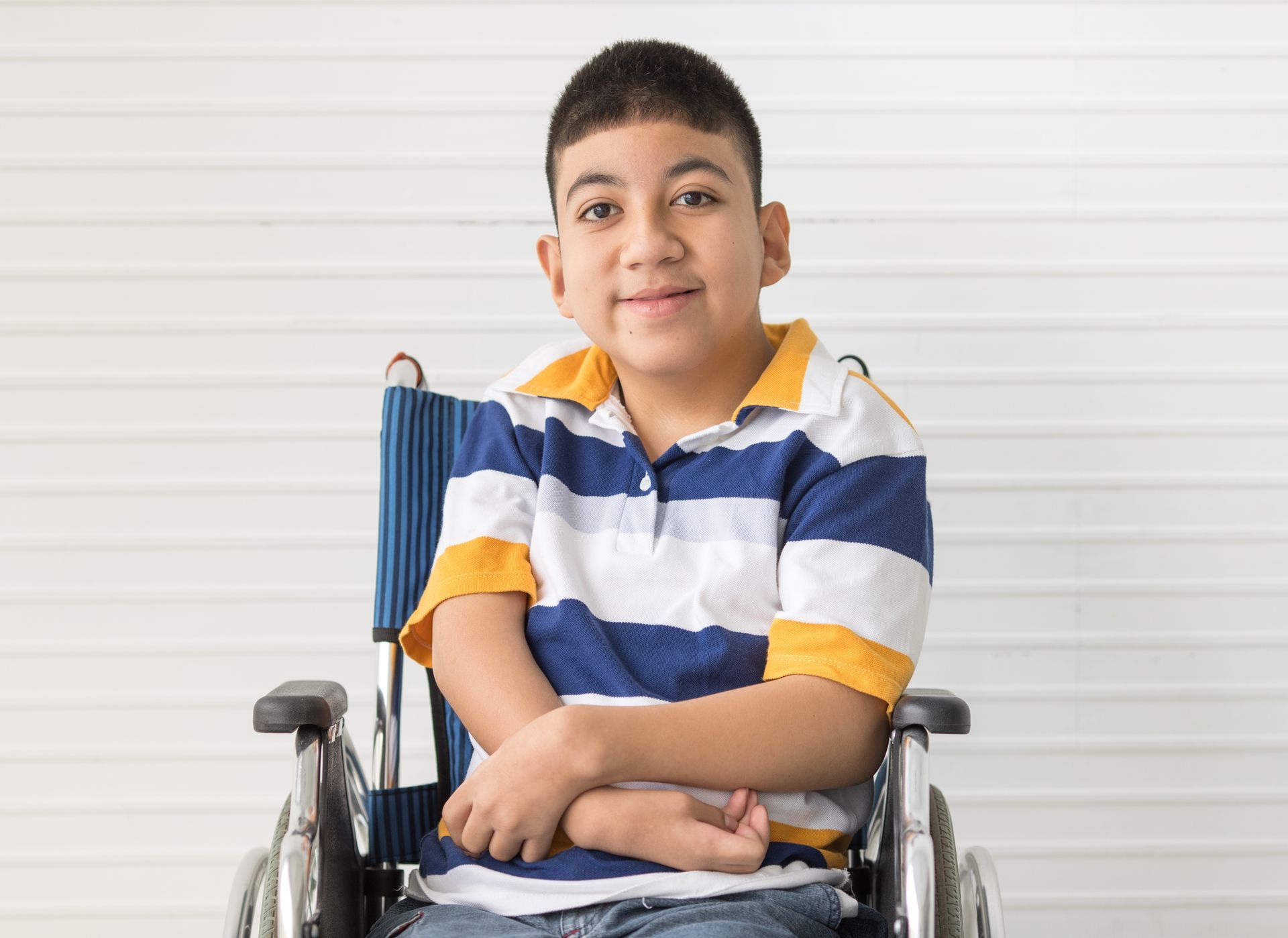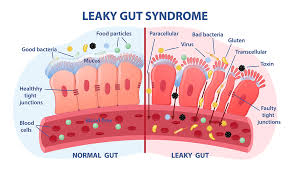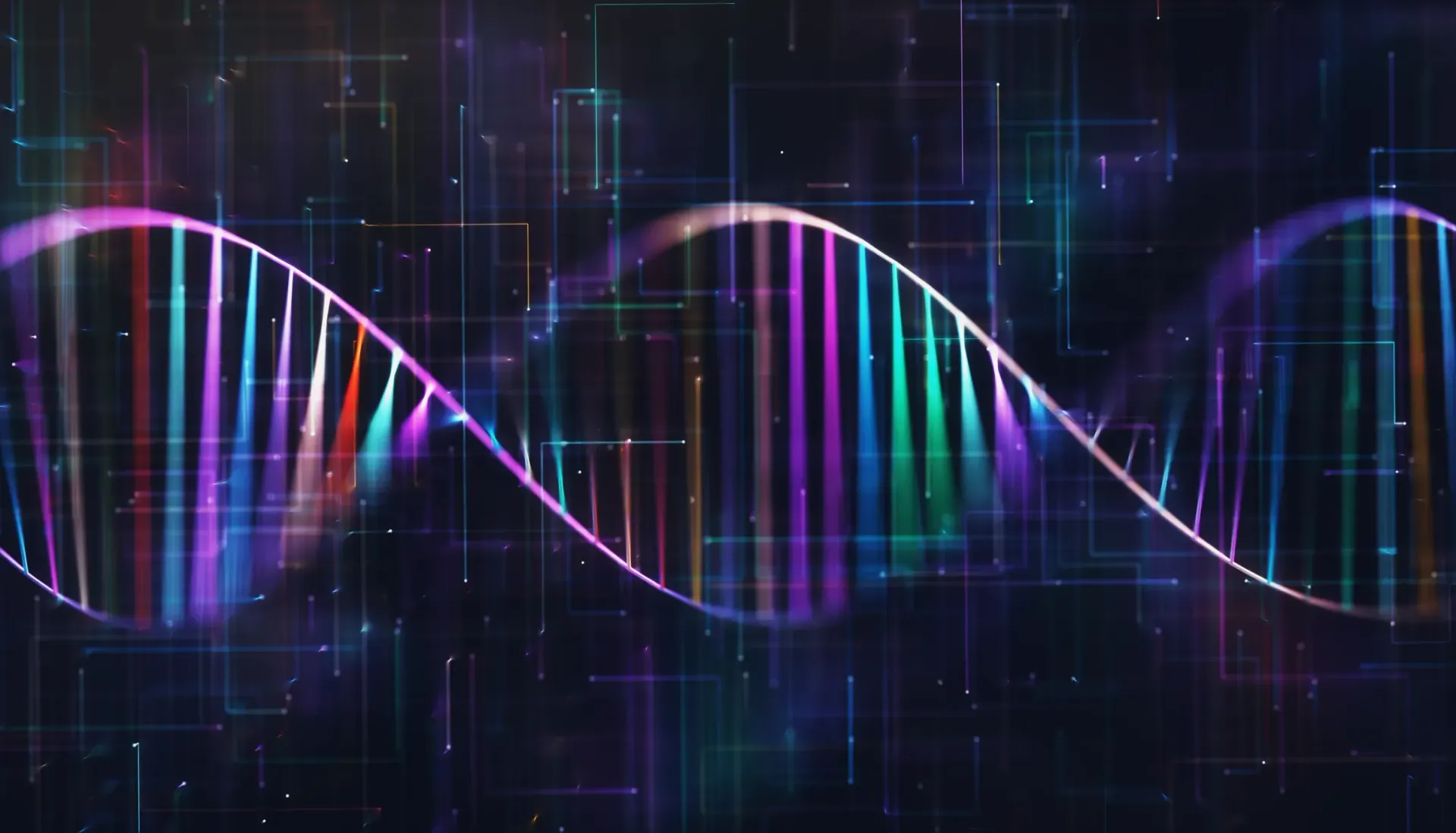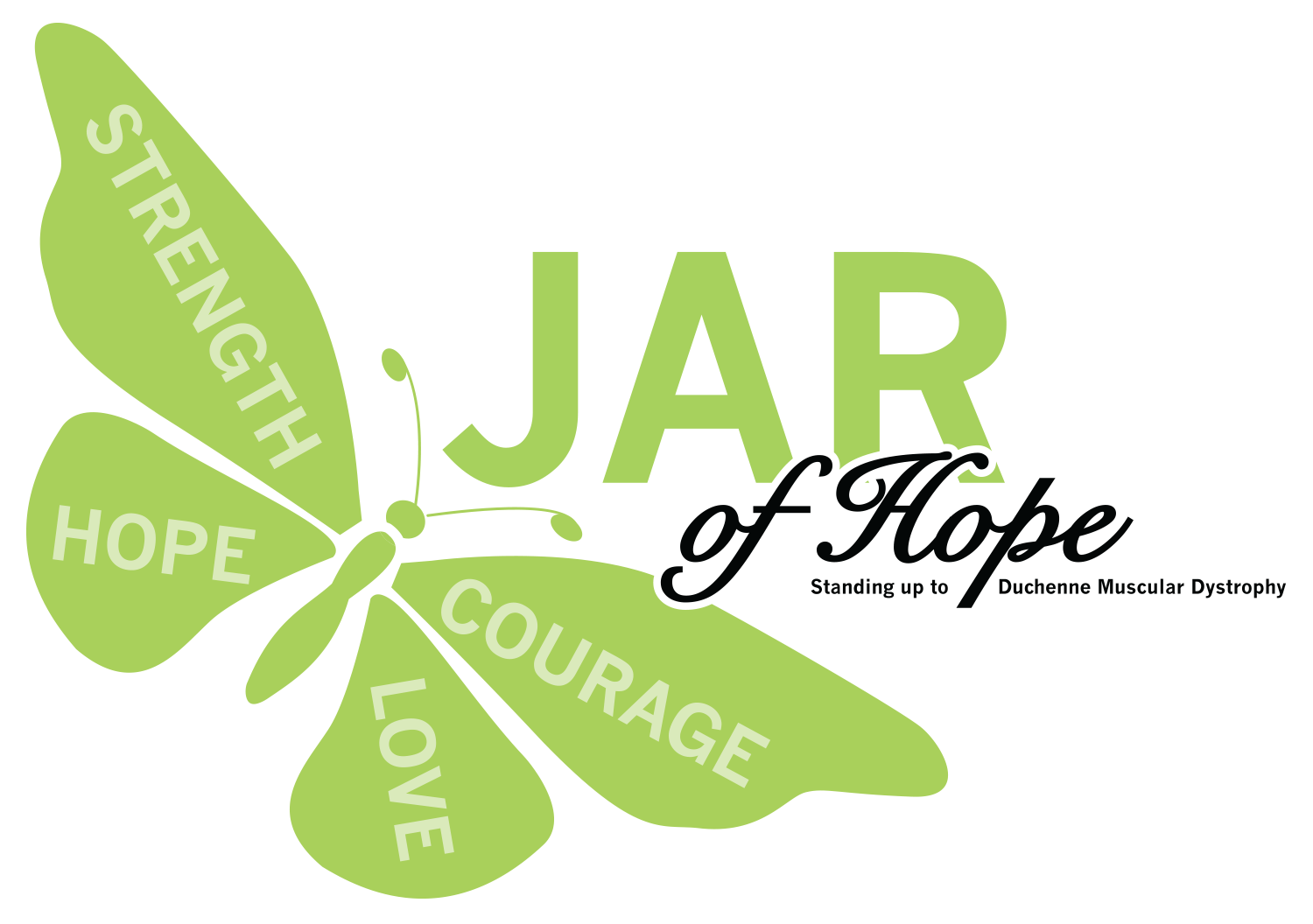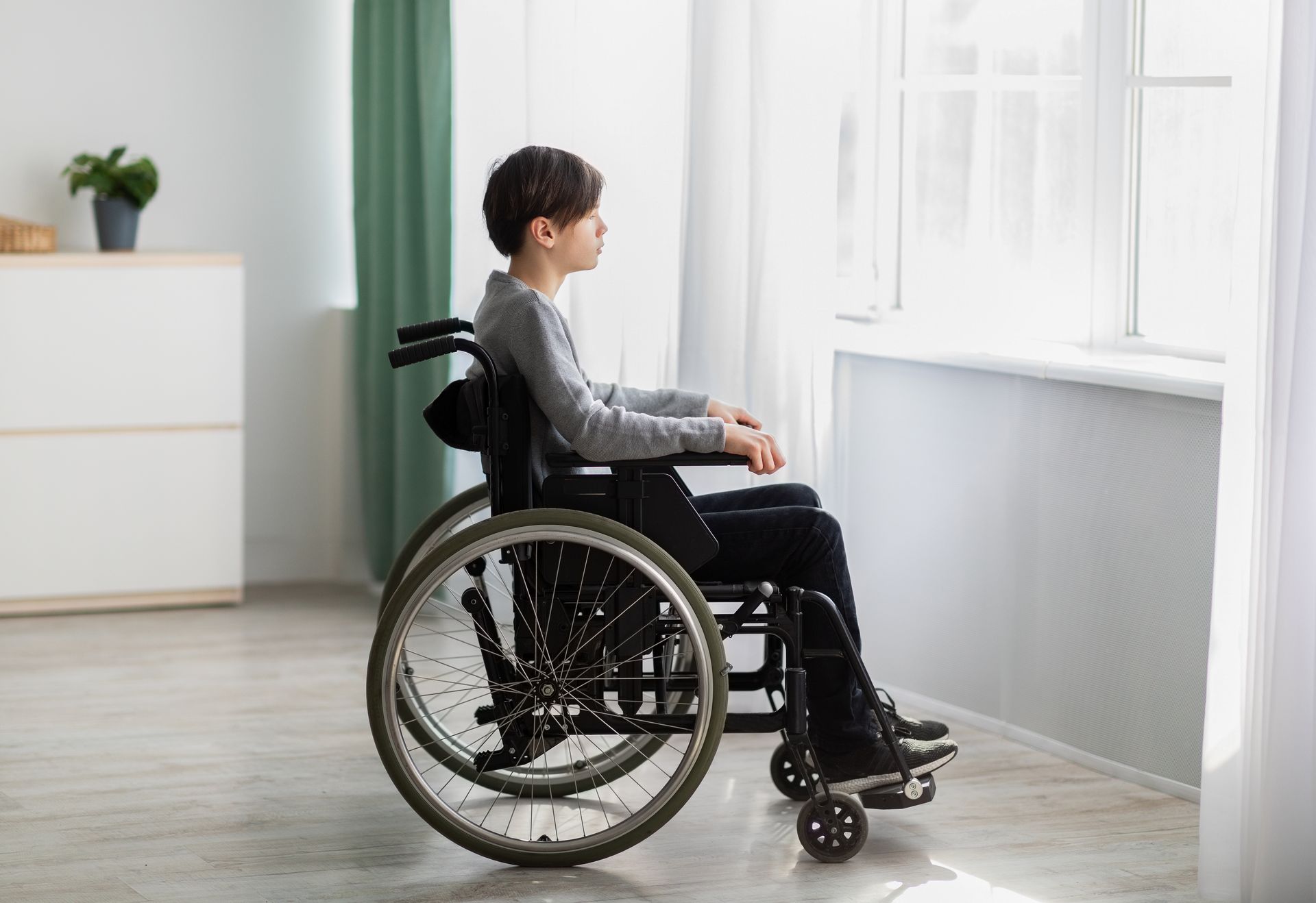Disability advocates let their voices be heard at symposium
People with Duchenne MD, other diseases have a place in shaping the future
A couple weeks ago, I co-emceed the Zero Project Asia Pacific Symposium 2025 with my girlfriend, Amanda. The event, a collaboration between SG Enable and the Zero Project, took place at Enabling Village, a community space here in Singapore designed for accessibility.
The symposium gathered leaders in Asia to share ideas on how to remove barriers for people with disabilities. For the two of us, it was a chance to stand together as disabled advocates, side by side.
Amanda lives with progressive vision loss, and I live with Duchenne muscular dystrophy (DMD), a genetic condition that weakens muscles. By the age of 30, many of us with Duchenne rely fully on wheelchairs, ventilators, and round-the-clock caregiving. Some do not survive into adulthood. That reality was never far from my mind as I was being wheeled onto the stage with my BiPAP ventilator attached behind me.
Why Duchenne stories need global platforms
Public forums can sometimes feel distant from everyday life, with discussions full of policy and strategy. But for me, being part of it carried a different weight. Sitting in front of a room filled with government officials, nonprofit leaders, and fellow advocates, I thought about how Duchenne shapes every part of my day, from the strength I no longer have to the planning required for something as simple as leaving my home.
When Amanda and I introduced speakers, we carried with us the lived experiences of people who are often unseen. By being visible on that stage, we reminded the audience that policies must serve real lives.
The symposium organizers built the event on the Zero Project’s work. According to its website, the project, “founded by the Austrian nonprofit Essl Foundation in 2008, … is a global, research-driven initiative to advance the implementation of the United Nations’ Convention on the Rights of Persons with Disabilities by finding and sharing innovative solutions that remove barriers for persons with disabilities. Over the past decade, the Zero Project has established a global network of more than 10,000 experts, policymakers, corporations, academics, and people with and without disabilities. This network contributes to the Zero Project’s work and continues to grow, fostering a global community for disability inclusion.”
Singapore’s Ministry of Social and Family Development set up SG Enable, Singapore’s focal agency for disability inclusion, in 2013. SG Enable works to create fair opportunities for people with disabilities to live, learn, work, and play in an inclusive society. Guided by professionalism, innovation, and empathy, it strives to build a more inclusive Singapore.
Representing the Duchenne community in public conversations
In Singapore, where people still often hide away disabilities, two disabled people emceed the Zero Project Asia Pacific Symposium 2025, sending a powerful message that voices like ours belong at the center of conversations about inclusion.
I don’t know how long Duchenne will allow me to keep doing this work, But I do know this: Every time I’m given the microphone, I’ll speak not just for myself, but for the global Duchenne community. My brother, Isaac, who died at 28 from Duchenne, never got the chance to stand on a stage like this. I carry him with me whenever I speak.
That day at the symposium, Amanda and I proved that people with Duchenne and other disabilities have a place in shaping the future — not in the background, but right there in the spotlight.
Note: Muscular Dystrophy News Today is strictly a news and information website about the disease. It does not provide medical advice, diagnosis, or treatment. This content is not intended to be a substitute for professional medical advice, diagnosis, or treatment. Always seek the advice of your physician or another qualified health provider with any questions you may have regarding a medical condition. Never disregard professional medical advice or delay in seeking it because of something you have read on this website. The opinions expressed in this column are not those of Muscular Dystrophy News Today or its parent company, Bionews, and are intended to spark discussion about issues pertaining to muscular dystrophy.
